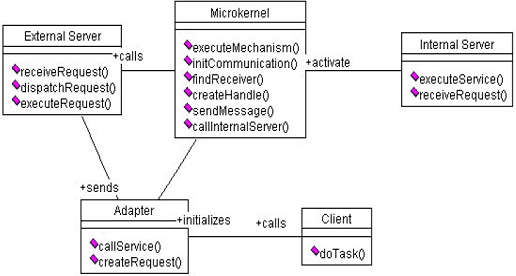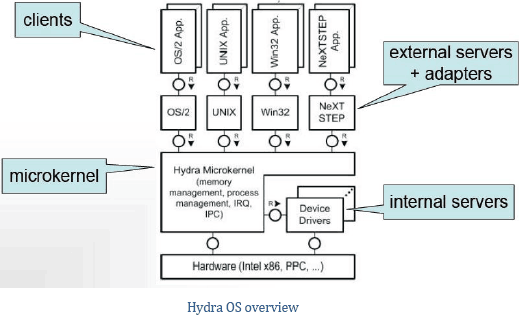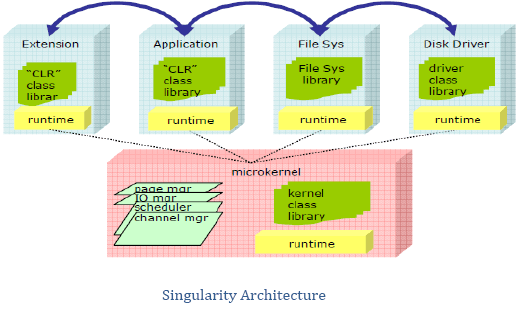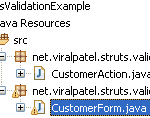Architectural Patterns always been interesting from designer perspective. MVC, Pipe’n’filter, Layered,3-tier, n-tier, etc. But one very basic architectural concept coming from Civil engineers in practice.
‘’Have common building block with minimal facility as a base, with modular and customizable components to suit customers need will provide flexibility to whole town /architectural planning and also help to save cost for designer ’’
Same concept is employed in late 70s decade, in area of OS research. Idea was quite simple have very monolithic kernel to provide cross platform support. Below is Microkernel Architectural Style (or also a pattern) which represents the idea.
Microkernel
Description
The Microkernel architectural pattern applies to software systems that must be able to adapt to changing system requirements. It separates a minimal functional core from extended functionality and customer-specific parts. The microkernel also serves as a socket for plugging in these extensions and coordinating their collaboration
Context and Problem
The pattern may be applied in the context of complex software systems serving as a platform for other software applications. Such complex systems usually should be extensible and adaptable to emerging technologies, capable of coping with a range of standards and technologies. They also need to possess high performance and scalability qualities; as a result, low memory consumption and low processing demands are required. Taken together, the above requirements are difficult to achieve.
Solution, Consequences and Liabilities
The most important core services of the system should be encapsulated in a microkernel component. The microkernel maintains the system resources and allows other components to interact with each other as well as to access the functionality of the microkernel. It encapsulates a significant part of system-specific dependencies, such as hardware-dependent aspects. The size of the microkernel should be kept to a minimum, therefore, only part of the core functionality can be included in it; the rest of the core functionality is deferred to separate internal servers.

Internal servers extend the functionalities of the microkernel. Internal servers can for example handle graphics and storage media. Internal servers can have their own processes or they can be shared Dynamic Link Libraries (DLL) loaded inside the kernel.
The external server provides a more complex functionality; they are built on top of the core services provided by the microkernel. Different external servers may be needed in the system in order to provide the functionality for specific application domains. These servers run in separate processes and employ the communication facilities provided by microkernel to receive requests from their clients and to return the results.
The role of the adapter is to provide a transparent interface for clients to communicate with external servers. Adapter hides the system dependencies such as communication facilities from the client. Adapter thus improves the scalability and changeability of the system. The adapter enables the servers and clients to be distributed over a network.
The benefits of the pattern can be mentioned like:
- Good portability, since only microkernel need to be modified when porting the system to a new environment.
- High flexibility and extensibility, as modifications or extensions can be done by modifying or extending internal servers.
- Separation of low-level mechanisms (provided by microkernel and internal servers) and higher-level policies (provided by external servers) improves maintainability and changeability of the system.
There are some concerns about it as well.
- The microkernel system requires much more inter-process communication inside one application execution because of the calls to internal and external servers.
- The design and implementation of the microkernel -based system is far more complex than of a monolithic system
Known Use
Symbian OS for mobile phones, has Microkernel as core architectural pattern. Symbian OS microkernel contains a scheduler, memory management, and device drivers, but other services like networking, telephony, or file system support are placed in the OS Services Layer or Base Services Layer.
iPhone OS kernel also has its roots derived from early implementation of Microkernel called ‘Mach’ by CMU in early 80’s which core of iPhone OS ‘ predecessors MacOS X and NEXTSTEP.
Below is illustrative example of Mickrokernel architecture from Hydra Operating System. Which is developed by CMU- Carnegie-Mellon University . Purpose was to provide very basic monolithic kernel excluding drives as well. Schematic diagram itself is descriptive.

Recent Development
Microsoft’s next generation experimental operating system in research code name ‘Singularity’ has adopting concept of ‘Microkernel’. More details about concept if you are interested then can be found here





hi
i’m student of university the case of computer engineering-software in Iran.
my last project object is microkernel.
i’ll be opriciate if you introduce me sites or book and report obout microkernel architecture.
with appriciate.
hi,
did u get the project for microkernel architecture,if so please send it to me.
Hi friends,
Anyone succeded to find related project to microkernel ?